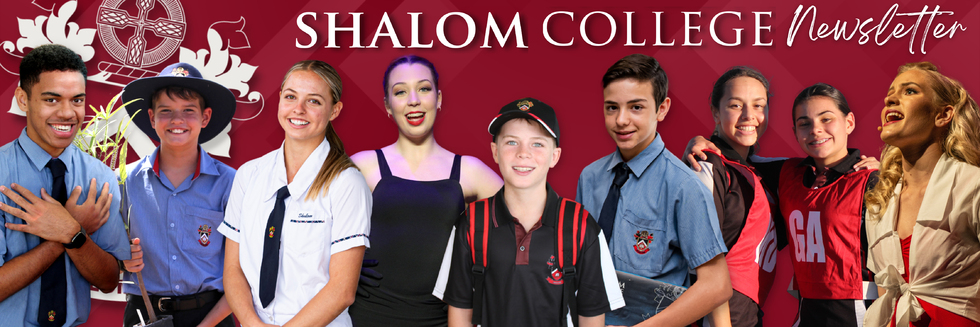From the Library
A Brief History of the Mythology Fiction Genre
Mythology sits neatly in the realm of fantasy but can claim its own place as a genre given the breath of its influence and the depth of its origins. Mythology and folklore are vehicles of cultural origins, the identity of a society, an ideological belief that is taken as fact despite its variance from natural law. These inspire further storytelling to perpetuate the history of that culture. Rational myths will work to explain certain situations and events, functional myths are more didactic in nature and serve to instruct or guide. Psychological or emotional myths are built around the human element particularly emotional needs and responses.
Mythology has given writers a plethora of scenarios and landscapes, beasts, heroes, and antiheroes to weave into their fiction.
The Victorian era saw the insurgence of mythological components infused into fiction, though it is argued that it was rather too romanticised and polite. Nonetheless the study of ancient mythology at this time was viewed as facilitating an age of enlightenment, especially considering the inclusion of other cultures woven into the stories. The 1830’s hosted the emergence of an Arthurian revival which moves toward a Hellenistic focus in the middle of the century. The writings of Tennyson, Ruskin, Arnold, Pater, and Johann Joachim Winckelmann are associated with this genre at that time and they in turn inspired artists such as the Pre-Raphaelite Brotherhood.
C.S. Lewis’s The Chronicles of Narnia books (1950-1956) are littered with representatives of the magical, mythological kind; centaurs, dryads, giants, satyrs, even Jewel the unicorn makes an appearance as a loyal follower of Aslan. This defines another area of interest, that of the neat division of ‘good’ animals and ‘bad’ animals, ‘good’ beasts, and ‘bad’ beasts – classic dark and light, pitted against each other in epic battles of Heaven and Hell. This moral conundrum faced by humankind is a common feature in mythography as we know it today and while traditionally myths were structured to exemplify the virtue of ethical qualities, it is modern mass-culture adaptations of the mythological narrative that presents the stronger moral physics. Clearly, we have an increasing need to persuade ourselves to ‘choose the right path’.
Rick Riordan is a classic modern-day example of including mythological elements, his tales are based on Greek and Egyptian mythology and feature the Gods of Mt. Olympus, Medusa, the Hippocampus, Polyphemus the cyclops, Minotaur, among others. Norse mythology is another popular influence with Riordan and others, the cataclysmic destruction of the cosmos and everything in it, otherwise known as Ragnarök being a particularly popular focus. Other examples are Jennifer Saint’s Ariadne, Madeleine Miller’s Circe, and The Song of Achilles, and more recently Lore, by Alexandra Bracken, and Piranesi, by Susanna Clarke.
This genre has been represented well in the movie industry and provides a good basis for another sub-genre, the apocalyptic tale.
I’ll save the crossover into the fairy tale sub-genre from folklore another day.
Mrs Denise Harvey

